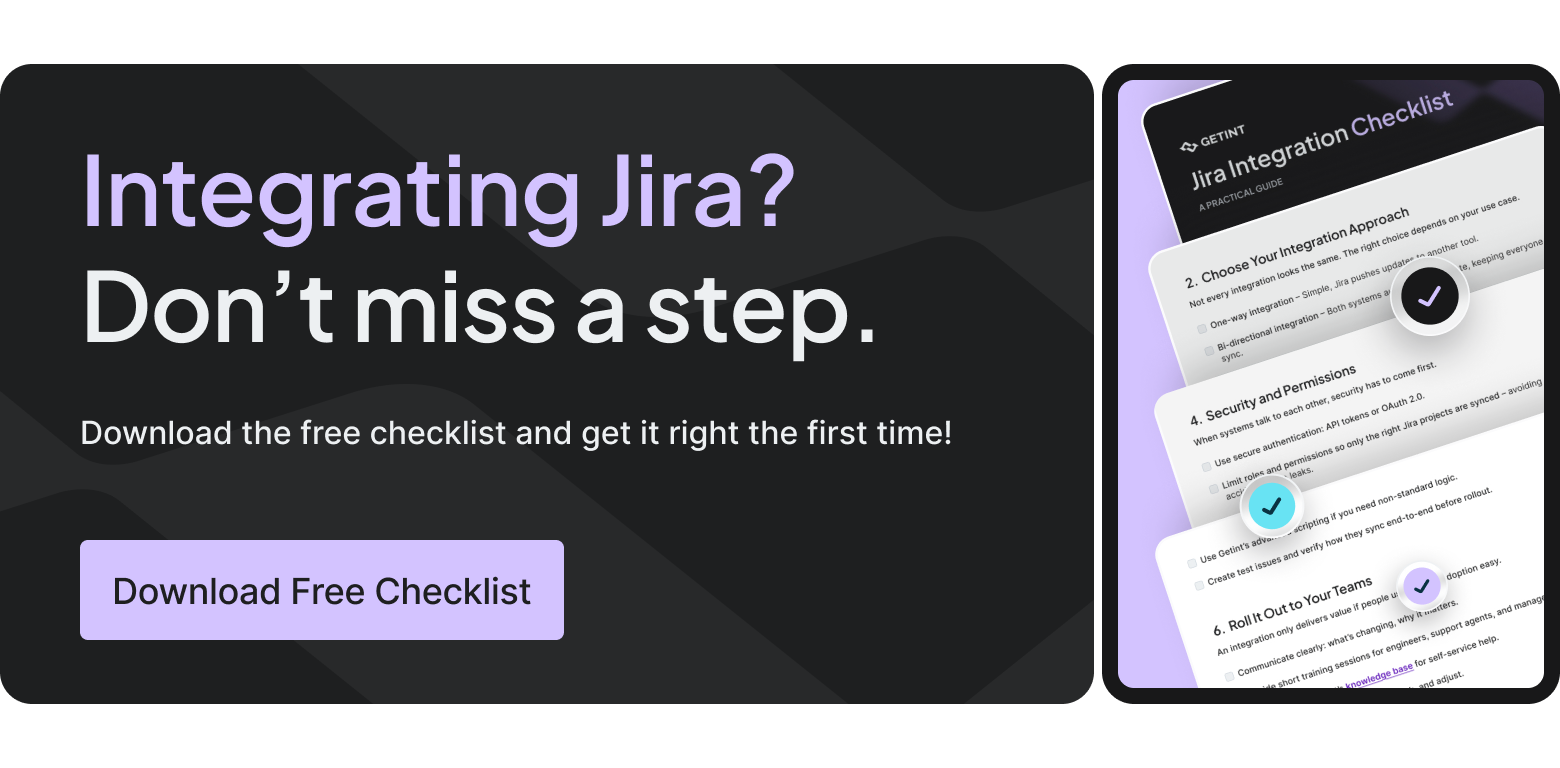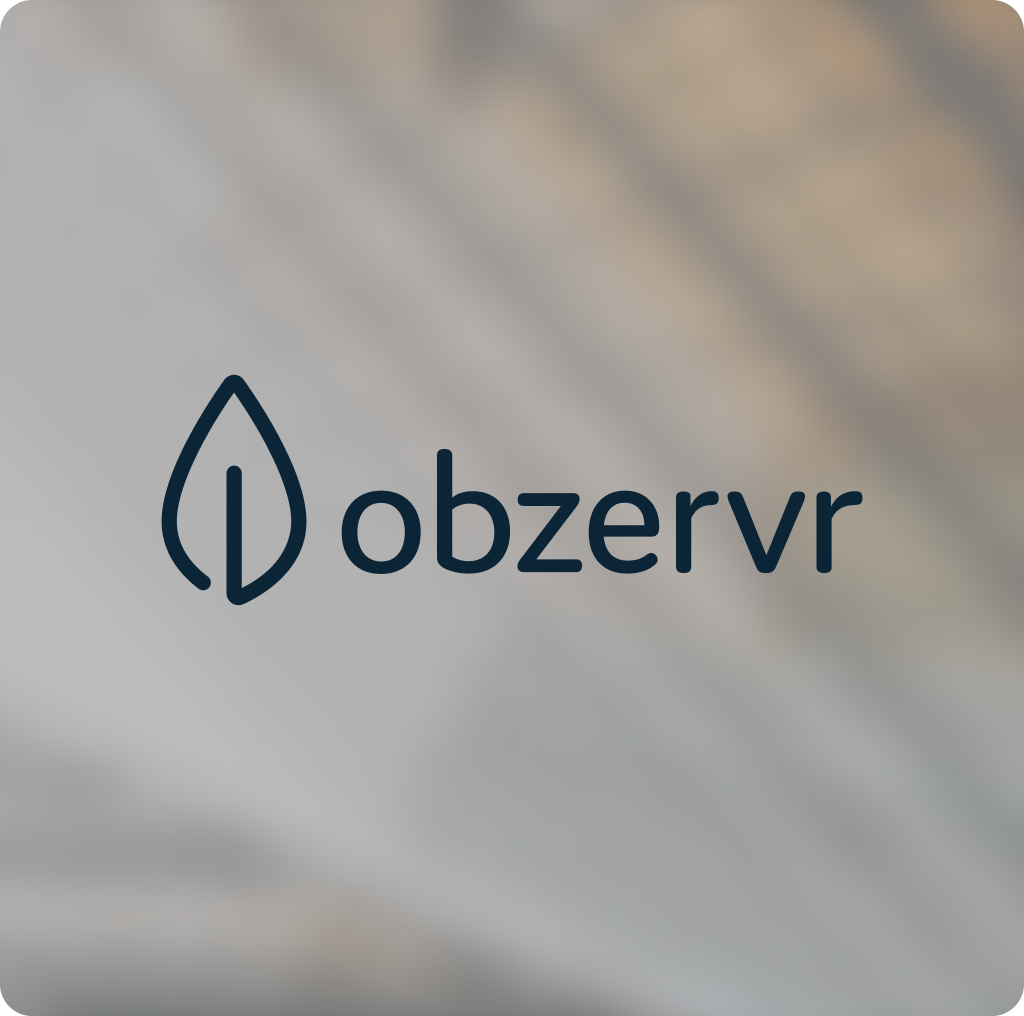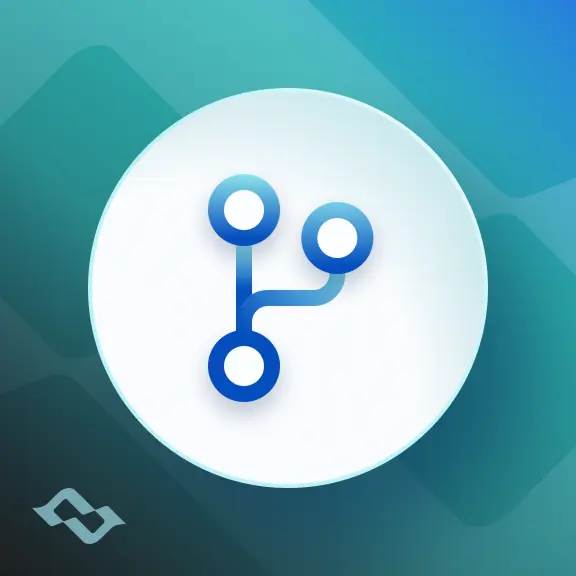In a modern IT environment, ITSM integration isn’t just about connecting systems — it’s about empowering people, improving collaboration, and building workflows that make sense for the business. Many organizations rely on multiple tools to manage services, incidents, and projects, which often leads to silos, duplicated data, and delays.
That’s where Getint comes in. With over 6,000 installations and 660,000 users, Getint enables enterprises to connect ITSM tools like ServiceNow, Jira Service Management, and Freshservice — without the heavy coding, manual syncs, or lost context.
Let’s explore how companies use Getint to streamline service management, enhance collaboration between IT teams, and deliver better service to end users.
What Is ITSM Integration — and Why It Matters
ITSM stands for IT Service Management. It’s the framework that helps IT departments plan, deliver, and manage services aligned with business objectives. When ITSM tools work in isolation, teams spend time logging tickets twice, updating multiple systems, and manually managing change requests.
ITSM integration bridges that gap — allowing data, incidents, and workflows to move automatically between systems. With it, your service delivery becomes faster, more transparent, and better aligned with the company’s strategy.
Organizations use ITSM integrations to:
- Automate repetitive tasks and reduce manual work
- Improve incident management and change management processes
- Ensure compliance requirements are met across systems
- Give each team access to accurate, real-time data
- Resolve issues faster and improve the employee experience
From Manual Work to Workflow Automation
For many IT departments, the goal of integration is better control — not just over data, but over service management processes themselves.
With Getint’s pre-built connectors and flexible configuration, teams can integrate ServiceNow with Jira, Zendesk, or other project management and ticketing tools in minutes. You can connect systems using secure REST APIs, manage complex workflows, and even use staging tables for data validation before synchronization.
This combination of automation and governance ensures that every integration aligns with your business goals and service delivery standards — whether you manage thousands of tickets or handle high-priority incidents daily.
Case Study: Integrating Two ServiceNow Instances via Jira
A real-world example of ITSM integration at scale comes from one of Getint’s clients — a global service provider led by Greg Taylor, Service Delivery Manager.
The organization used two separate ServiceNow instances and a Jira platform to manage client interactions. Before Getint, their IT teams had to manually copy and log tickets between environments — a time-consuming process that increased the risk of errors.
After implementing Getint, the integration became seamless:
“The Getint integration platform is crucial for enabling our clients to communicate and share data seamlessly with us, which helps streamline the support process, improves efficiency, and reduces errors.”
— Greg Taylor, Service Delivery Manager
By connecting multiple ServiceNow instances and Jira Service Management, the company created a transparent workflow that aligned all departments — from IT operations to customer support — around the same service management goals.

How Getint Simplifies ServiceNow Integration
ServiceNow integration is one of the most requested use cases for enterprises using Getint. Why? Because many organizations rely on ServiceNow for ITSM, while other departments prefer tools like Jira Software, Azure DevOps, or Monday.com for project tracking and issue resolution.
Without a connection, every change, task, or ticket becomes a silo.
Getint’s ServiceNow ITSM integration solves this by allowing users to:
- Automatically sync incidents, problems, and change requests
- Share updates, comments, and attachments between systems
- Map custom fields and workflows
- Use staging tables for accuracy and compliance
- Keep data secure while improving access and visibility
With bi-directional synchronization, each update is mirrored across connected tools — ensuring that both the ServiceNow instance and the external system stay aligned in real time.
Case Study: Bridging ServiceNow and Jira Service Management
A technology company serving enterprise clients faced a challenge: its support team used ServiceNow, while its development team relied on Jira Service Management. As tickets moved between teams, communication gaps appeared — and with them, delays in resolution.
By connecting both tools through Getint, the company achieved:
- Full visibility into ticket progress across platforms
- Automated synchronization of priorities and statuses
- Reduced manual work for IT and development teams
- Better collaboration and faster incident resolution
This ITSM integration didn’t just improve workflow efficiency; it also enhanced the end-user experience. Customers received updates faster, incidents were resolved sooner, and the teams could focus on delivering real value rather than chasing information.
Read the case study: InoApps: Jira, ServiceNow and Zendesk Integration
ITSM Integration Beyond ServiceNow
While ServiceNow integration is a major focus, Getint also supports ITSM integrations across a variety of tools — including Jira Service Management, Freshservice, HaloPSA, and Zendesk.
For example, a SaaS company that used Freshservice for internal support and Jira Software for product development needed a reliable way to share incidents and feature requests between departments.
Getint’s connector allowed them to:
- Automate issue escalation
- Sync tickets between systems
- Maintain clear service delivery metrics
- Support governance across IT and development
The result? Smooth collaboration, lower response times, and a more consistent service experience for all end users.
Service Management That Scales with You
Scalability is at the heart of Getint’s design. Whether you’re managing a single ServiceNow instance or multiple ITSM tools across global offices, the platform adapts to your business needs.
You can start with a simple ITSM–Jira integration and expand to more complex use cases as your operations grow — from incident management to full-scale change management and project tracking.
And because Getint is ISO 27001 and SOC 2 Type II certified, you can trust it to handle your most sensitive service management data securely.
Why Many Organizations Choose Getint for ITSM Integrations
Getint stands out by combining enterprise-level reliability with a human approach. Instead of complex scripts or rigid workflows, it offers clarity and flexibility.
Here’s what sets it apart:
- Ease of setup: Pre-built templates for the most popular ITSM tools
- Full control: Custom field mapping, filters, and conditional syncs
- Security: Compliant with GDPR and ISO standards
- Scalability: From startups to enterprise-scale IT departments
- Support: A dedicated team that helps you at every stage — from testing to go-live
In one ServiceNow integration project, a client noted that even non-technical users could manage the setup thanks to the intuitive interface and detailed guidance from Getint’s support team. The result was a faster rollout and measurable improvements in SLA performance.
Behind Every Integration: People and Processes
At Getint, we believe integration is more than just technology. It’s about connecting people — IT teams, developers, and service users — so they can collaborate effortlessly.
When end users log tickets, they expect quick responses and clear communication. With Getint, organizations can design ITSM processes that support that expectation. By automating service management processes and aligning them with business strategy, IT departments can focus on delivering value, not just managing tools.

The Five Stages of ITSM: Integrated and Automated
The 5 stages of ITSM — Service Strategy, Service Design, Service Transition, Service Operation, and Continual Service Improvement — all benefit from automation and integration.
With Getint:
- Service Strategy connects business goals with IT objectives
- Service Design includes integrations that ensure cross-platform compatibility
- Service Transition becomes smoother with automated workflows
- Service Operation gains visibility and faster resolution
- Continual Improvement is supported by real-time data analytics
In other words: your IT infrastructure becomes smarter, faster, and more adaptable.
Governance and Compliance Built In
Enterprises managing multiple systems and departments face strict governance and compliance requirements. Getint’s integration platform is designed to help.
Each data transfer can go through a staging table for validation, ensuring accuracy before synchronization. Secure REST APIs and host name verification maintain compliance while keeping integrations flexible.
This approach protects both service users and businesses — combining efficiency with trust.
A Success Message for Every IT Department
Every Getint deployment tells a story of transformation. From manual ticket transfers to automated, cross-platform workflows — each IT department gains time, focus, and control.
Whether your organization needs to connect different tools like Jira, ServiceNow, and Freshservice or streamline complex business processes, Getint helps you create integrations that scale and evolve with your needs.
The success message is simple:
When tools talk, teams thrive.
Final Thoughts: The Future of ITSM Integration
As organizations continue to evolve, so will their ITSM solutions. The future belongs to IT teams that embrace workflow automation, integrated systems, and secure, scalable platforms.
With Getint, enterprises can build these bridges confidently — ensuring that their service management aligns with both operational demands and long-term business needs.
If your organization is ready to connect ServiceNow with Jira or any other ITSM tool, explore what Getint can do for you. Because integration isn’t just a technical upgrade — it’s a business advantage.
Ready to streamline your ITSM processes?
Explore Getint’s ServiceNow Integration or talk to our team about your next cross-platform project.






















